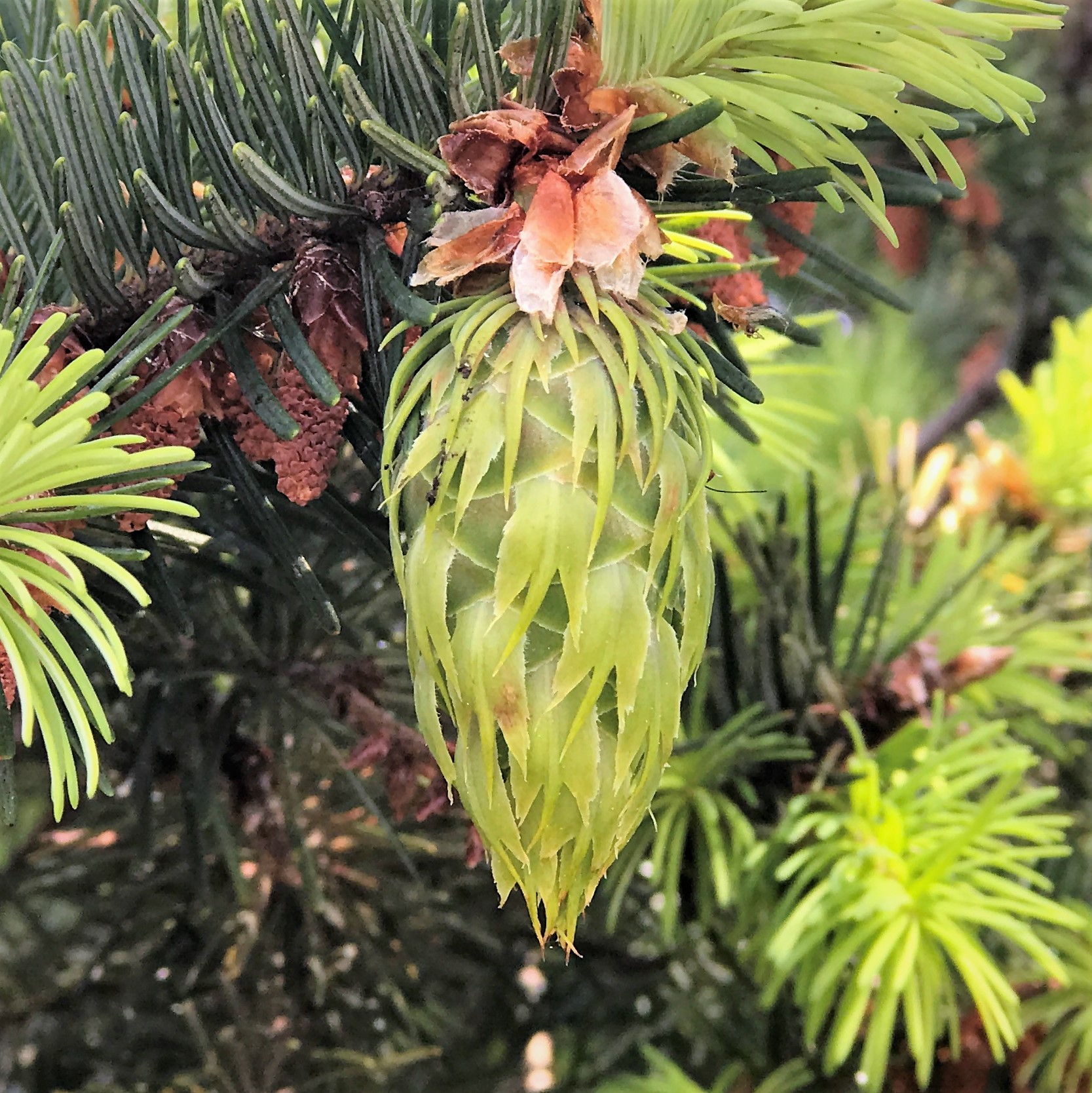


PLoS ONE 9(12):Įditor: Wei Wang, Henan Agricultural Univerisity, China (2014) Douglas-Fir Seedlings Exhibit Metabolic Responses to Increased Temperature and Atmospheric Drought. Douglas-fir might be a potentially important tree species for forestry in Central Europe under changing climatic conditions.Ĭitation: Jansen K, Du B, Kayler Z, Siegwolf R, Ensminger I, Rennenberg H, et al. elevated temperatures and atmospheric drought). We conclude that metabolic acclimation successfully contributes to maintain functioning and physiological activity in seedlings of both Douglas-fir provenances under conditions that are expected during heat waves (i.e. The metabolite profile revealed that the simulated heat wave induced a switch in stress protecting compounds from proline to polyols. Plant biomass was only slightly affected by increased temperatures and atmospheric drought but the more negative apparent respiratory fractionation indicated a temperature-dependent decrease in the commitment of substrate to the tricarboxylic acid cycle.

We analysed (i) plant biomass, (ii) carbon stable isotope composition as an indicator for time integrated intrinsic water use efficiency, (iii) apparent respiratory carbon isotope fractionation as well as (iv) the profile of polar low molecular metabolites. In this study, we identified the physiological and growth responses of seedlings from two different Douglas-fir provenances to increased temperature and atmospheric drought during a period of 92 days. However, Douglas-fir is often discussed as an alternative for the drought and heat sensitive Norway spruce, because some provenances are considered to be well adapted to drier and warmer conditions. Norway spruce might be at risk in the future climate of Central Europe. Some seedlings will grow up strong and robust, while others struggle to establish themselves, even if their roots are wrapped with the same type of mycorrhizal fungi.In the future, periods of strongly increased temperature in concert with drought (heat waves) will have potentially detrimental effects on trees and forests in Central Europe. While eucalyptus seedlings are often inoculated with mycorrhizal fungi before they are planted in the wild, the results are hit and miss. The study showed that the fungus gave the trees some genetic tweaks that boosted their immune response and nutrient-processing capabilities. The researchers also found that seedlings with the fungal microRNA in their roots pulled more nutrients from the soil than those without it. In the lab, Dr Plett and his team found that the fungus donated some of these genetic scraps to its host tree's roots, helping it form a lasting bond with its woody partner.īut it wasn't a one-sided relationship. ( Supplied: Jonathan Plett)Įarlier this year, Dr Plett and his colleagues reported evidence that a fungus called Pisolithus microcarpus manipulates gene activity in the roots of flooded gum trees ( Eucalyptus grandis).Īs this fungus colonises the gum tree roots, it releases microRNA - small chunks of genetic material that control the production of certain proteins - a strategy that's more common among pathogenic fungi. The Pisolithus microcarpis fungus - stained green - shares some of its genetic material with eucalyptus roots. Studies from this side of the world have revealed that trees don't just rely on their mycorrhizal fungi to look after themselves. Over the past two decades, most of the research exploring the relationship between fungi and trees has focused on northern hemisphere ecosystems, such as pine forests. Interested in trees? Read about a selection of Australia's best natives - and vote in our poll to choose your favourite! Australia's invisible friendships

"Some of those fungi are connecting up to different trees of the same species, sometimes they're connecting up to different trees of different species," Dr May says. Trees are generous hosts, providing a home for dozens of species of mycorrhizal fungi that each have a role to play. "There's almost like an economy," says Jonathan Plett, a molecular mycologist at Western Sydney University. This gives the fungi the energy they need to grow and scour every crevice of soil for tree nutrients. You can sometimes see mycorrhizal fungi above ground, like this Pisolithus fruiting body.


 0 kommentar(er)
0 kommentar(er)
